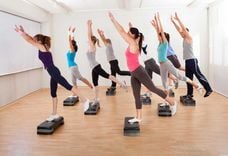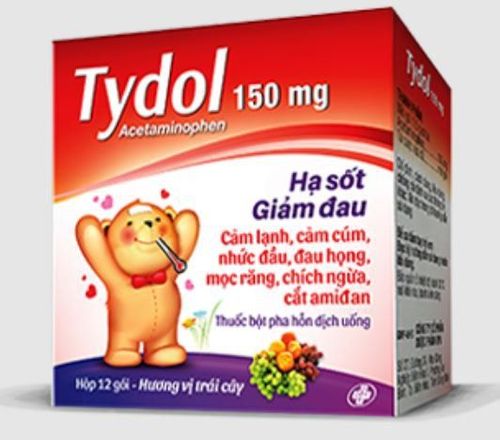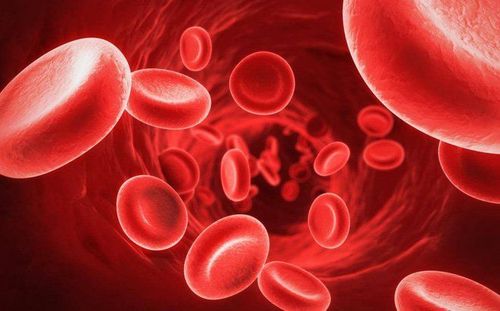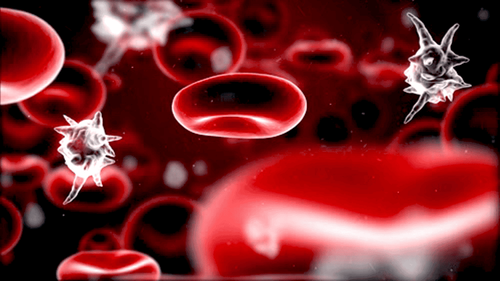This is an automatically translated article.
Our body temperature will usually remain at a fixed level, but there are many cases where for some reason the body temperature drops. If left to this situation for a long time, it can have a significant effect on the ability of blood circulation in the body.1. Why do we have hypothermia?
The average body temperature is 37°C, but it can vary slightly from person to person. Body temperature that can range from 36.1°C to 37.2°C is considered normal. But for some reason your body temperature is lower than the upper temperature is called hypothermia. There are many possible causes of hypothermia in humans, some of the causes can be listed as:Ambient temperature is too cold : When the ambient temperature is too cold, the body is not protected by warm clothing. body temperature will drop. Unhealthy conditions : A bacterial or viral infection can cause a drop in body temperature as the body fights off germs; Feeling cold all the time can also be caused by anemia or hypothyroidism. Drinking alcohol: It seems that drinking alcohol can help you stay warm, but in fact, alcohol reduces the ability to perceive temperature changes in the environment and reduces the body's ability to regulate its own temperature. So if you are in a cold environment, you are prone to hypothermia. Aging: As we age, our basal body temperature is sometimes lower as a natural part of this process. Because in the elderly there is a decrease in the basal metabolic rate.
2. Some measures to help increase body temperature
2.1 Measures to raise temperature quickly Jumping in place: A few quick jumps in place in safe places can help increase heart rate and increase circulation, thereby increasing body temperature. If you do too much, intense activity can lead to a short-term drop in body temperature as the body sweats. Walk: If you are outside in a cold environment, keep moving to avoid hypothermia. But there's also no need to run fast, just walk to get your blood circulating, because running fast in inclement weather can decrease your coordination and increase your risk of injury. Put your hands in your armpits: When cold, the fingers or toes are the first part of your body that begins to feel numb, difficult to move. Place your hands under your armpits to retain body heat and warm your fingers. Use personal protective equipment: Some items are used to warm and increase body temperature such as hats, gloves, socks and clothing if available. If you can keep your hands, feet, and head warm, your body temperature will be more stable.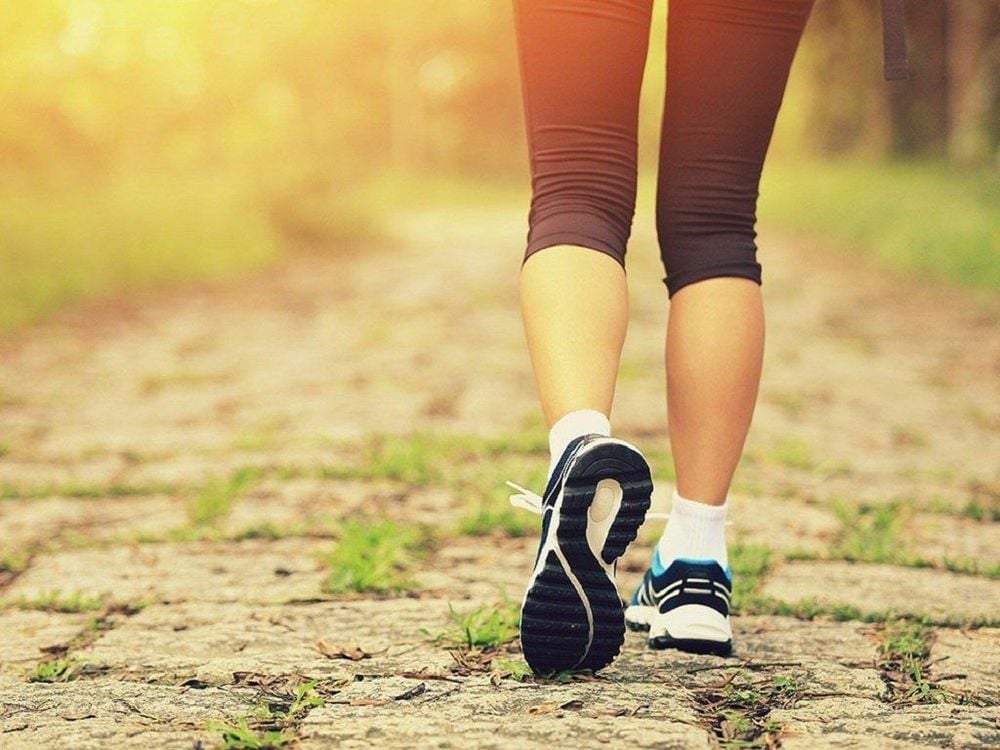
Chạy nhảy, đi bộ có thể giúp bạn tăng thân nhiệt cơ thể
To do belly breathing, do the following: Take a deep breath, then expand your belly, hold the breath for a few seconds, then exhale and combine with your abdomen. At first, when you first practice belly breathing, your body will feel tired, when you get used to it, it will get better.
2.4 Some more tips to raise body temperature Sitting near others : When cold, share your body temperature with others. The warm breath and heat of another person close to you can help keep your body temperature from dropping too low. Take a warm bath: A quick way to raise your temperature is by soaking in warm water, or taking a warm bath. Change into warm clothes: If you come in from outside, your clothes may get wet or wet due to winter weather. It is recommended to change into another set of clothes and maybe dry new clothes before wearing for a warmer feeling.
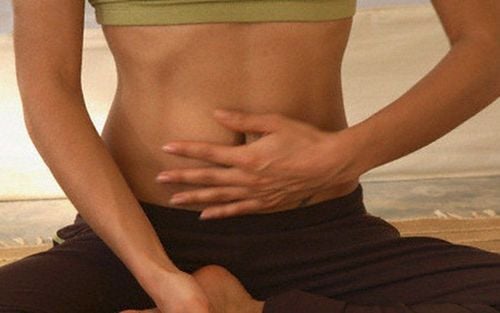
Hít thở bằng bụng cũng giúp bạn tăng thân nhiệt nhanh hơn
3. When is medical attention needed for hypothermia?
If your body temperature drops below 35°C when measured with a thermometer this is considered hypothermia and is a medical emergency and requires medical attention. This can be caused by exposure to cold, which may be more likely due to advanced age and certain health conditions.Other symptoms that require medical attention:
Skin looks hard or feels like wax. Distinct color of skin such as bluish, white, gray or red after exposure to extreme heat Extremities blistered when trying to warm them up too quickly Fever after exposure to cold environments Difficulty moving or muscle stiffness after cold exposure. Some unexplained symptoms develop after being outside in the cold Confusion or disorientation.
4. What to do to prevent hypothermia?
Some things you can do to avoid getting cold:Wear layers of warm clothing. Use something to warm up when you're at home. Wear socks and slippers. Close doors in rooms that are not in use, close ventilation holes when not in use to have a warm environment, avoid drafts. Drink warm beverages, such as warm water or hot tea. Bring blankets when traveling on the bus. When going outdoors, remember to bring clothes, hats, and gloves so that you can use them when needed in the cold season. Always protecting the body to avoid cold is the best measure to prevent hypothermia. When you feel cold, you can apply the above measures to increase your body temperature and pay attention to the danger signs to contact medical authorities when needed.
Please dial HOTLINE for more information or register for an appointment HERE. Download MyVinmec app to make appointments faster and to manage your bookings easily.
Reference source: healthline.com


